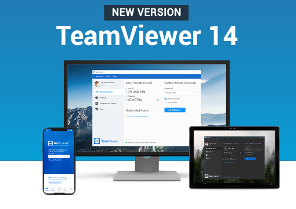


Enhanced notifications from FaceTime, Messages, and other apps and services.Examples of network activity include iTunes sharing, photo sharing, printer sharing, file sharing, and using Back to My Mac.*


Any app or other process that's running on your Mac could also be keeping your Mac awake.The same network activities that can wake your Mac can also keep your Mac from sleeping.If your Mac doesn't go to sleep when you expectĬheck your Energy Saver settings as described above, and be aware that your Mac won't automatically go to sleep unless it's inactive: How to hear yourself while recording on garageband ipad. Using magnets near your Mac notebook can put your Mac to sleep.Click the Hot Corners button, then see if any of the corners are set to 'Put Display to Sleep.' Choose Apple menu > System Preferences, then click Mission Control. Moving your mouse pointer to a hot corner can put your Mac to sleep, depending on your Mission Control settings.Pressing the power button can put your Mac to sleep.Make sure that you aren't putting your Mac to sleep accidentally: If a slider is set to 'Never,' sleep is disabled for that feature. Some of these controls might not be available on your Mac. Adjust one or more of the following controls to affect when your Mac goes to sleep. Make sure that Energy Saver is set up the way you want: choose Apple () menu > System Preferences, then click Energy Saver. We dont have local staff capable of doing this so I am more or less on my own when it comes to a solution to this. Rebooting a remote client into safe mode and logging on We have a few computers at remote locations that needs to be safe mode booted in order to remove some corrupted antivirus software.


 0 kommentar(er)
0 kommentar(er)
